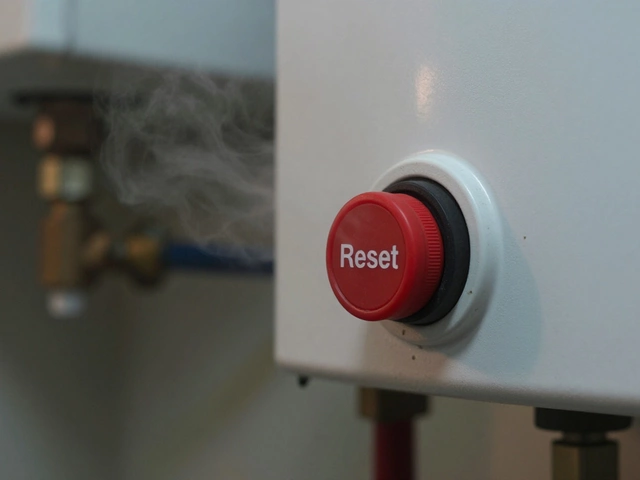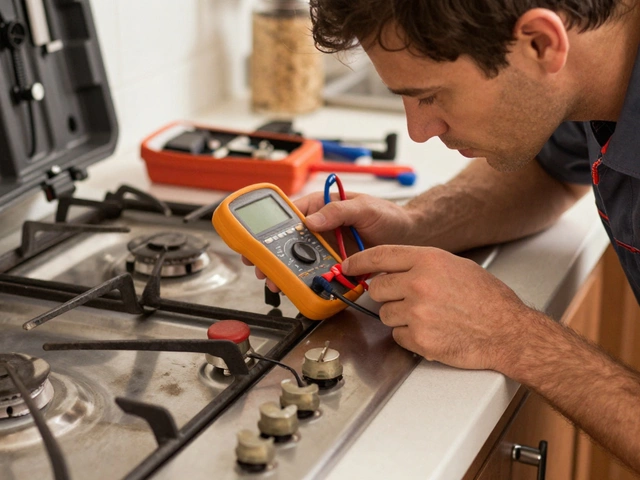Bathroom Fan Service: Keep Your Bathroom Fresh and Dry
When working with bathroom fan service, the process of inspecting, cleaning, and repairing bathroom exhaust fans to control moisture and improve air quality, the term Bathroom fan service covers everything from motor checks to airflow testing. Also known as bathroom extractor maintenance, it helps prevent mould, preserve paint and reduce slip hazards. Effective extractor fan, a motor‑driven device that pulls damp air out of a bathroom works hand‑in‑hand with good ventilation, the flow of fresh air into and out of a space and proper airflow, measured in cubic feet per minute (CFM) to ensure enough air exchange. A qualified electrician, a licensed professional who handles wiring and motor replacement safely is often needed for motor swaps or wiring checks.
Why Regular Service Matters
Bathrooms generate a lot of steam, so a poorly performing fan can leave humidity hanging in the air. High humidity fuels mould growth, erodes caulking and can even damage wooden fixtures. Most homeowners notice two tell‑tale signs: a humming fan that sounds louder than before, and water spots on mirrors minutes after a shower. Both indicate reduced airflow or a worn motor. Addressing these issues early keeps the space healthy and avoids expensive wall repairs later.
Bathroom fan service encompasses three core actions: regular cleaning, motor inspection, and airflow testing. Cleaning removes dust and grease that choke the blades, motor inspection catches worn bearings before they seize, and airflow testing verifies the fan still moves the rated CFM. Skipping any step compromises the whole system.
When you start a service visit, the first step is a visual inspection. Look for dust buildup on the grille, loose screws, and signs of water intrusion. Removing the grille gives you access to the fan blades; a quick vacuum or soft brush clears most debris. Next, power the fan and listen for odd noises – rattling can mean a loose blade, while a high‑pitched whine points to motor strain. Finally, use a simple handheld anemometer or even a piece of lightweight paper to gauge airflow; if the paper barely lifts, the fan may be under‑performing.
Choosing the right size fan is another critical piece. A fan’s CFM rating should match the bathroom’s volume. The rule of thumb: aim for at least eight air changes per hour. For a 50‑square‑foot bathroom with an 8‑foot ceiling, that works out to roughly 80‑100 CFM. Undersized fans struggle with humidity, while oversized units can be noisy and waste energy. Proper sizing links directly to effective ventilation and user comfort.
If you’re not comfortable handling electricity, call an electrician. They’ll disconnect power safely, replace worn motors, and ensure all connections meet local wiring regulations. Professional service also protects any warranty you might have on the fan unit. A qualified technician can spot hidden problems like corroded wiring or damaged housing that DIYers often miss.
DIY enthusiasts can handle basic cleaning and grille replacement with common tools – a screwdriver, a soft brush, and a step ladder. However, motor replacement, wiring fixes, or sealing gaps around the fan housing should stay with a pro. Trying to tinker with electricity without proper training raises the risk of shock or fire, and could void insurance coverage.
Below you’ll find a curated collection of articles that dive deeper into each of these topics. From step‑by‑step cleaning guides to detailed sizing calculators and professional repair advice, the posts are designed to give you actionable insight whether you’re tackling a quick fix or planning a full‑service overhaul.
Servicing a bathroom extractor fan is crucial for maintaining good air quality and preventing mold. Regular cleaning and maintenance can extend the life of your fan and ensure it operates efficiently. Learn practical steps to clean and service your fan, when to replace it, and common troubleshooting tips. Understand why routine maintenance is vital for a fresh and healthy bathroom environment.


